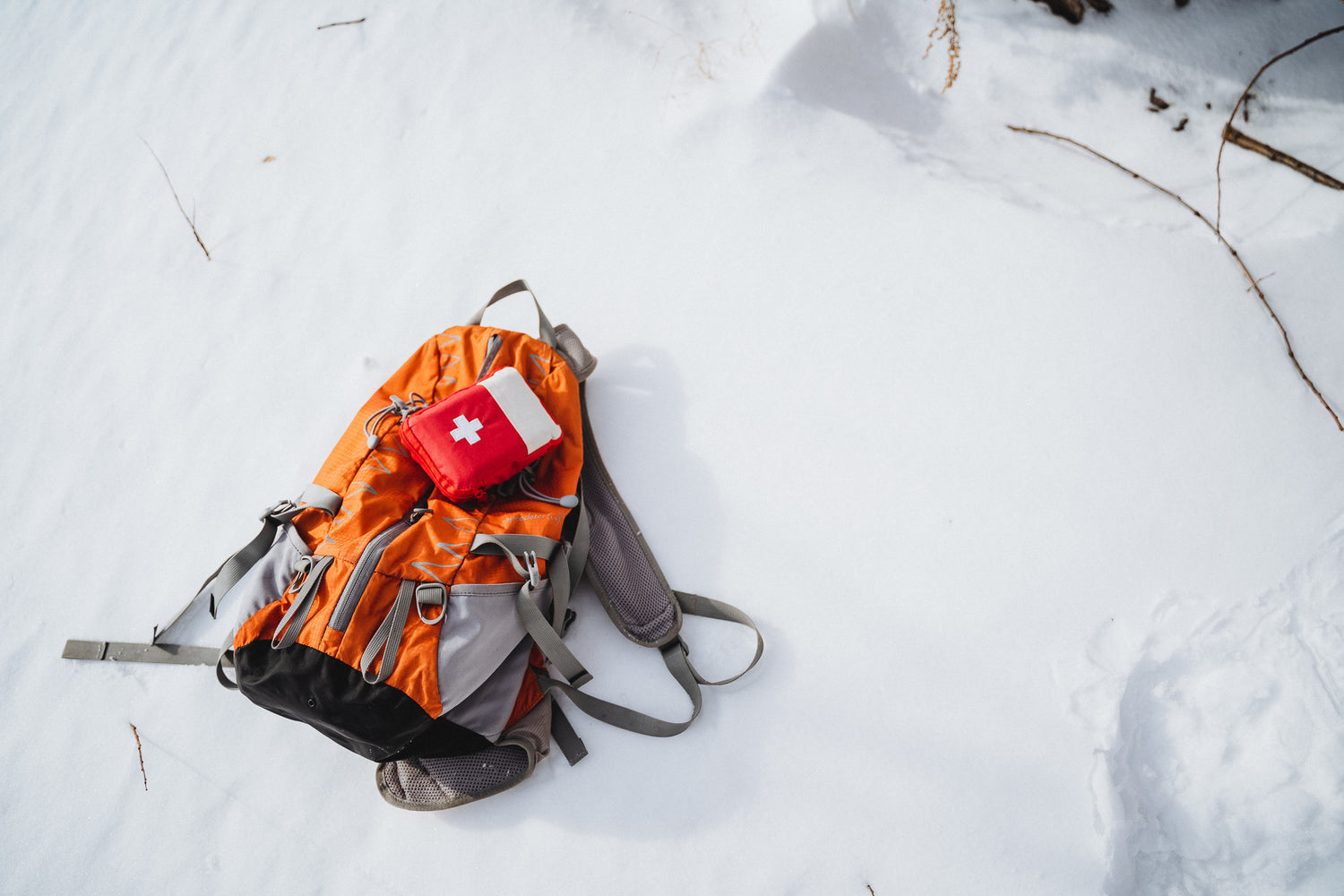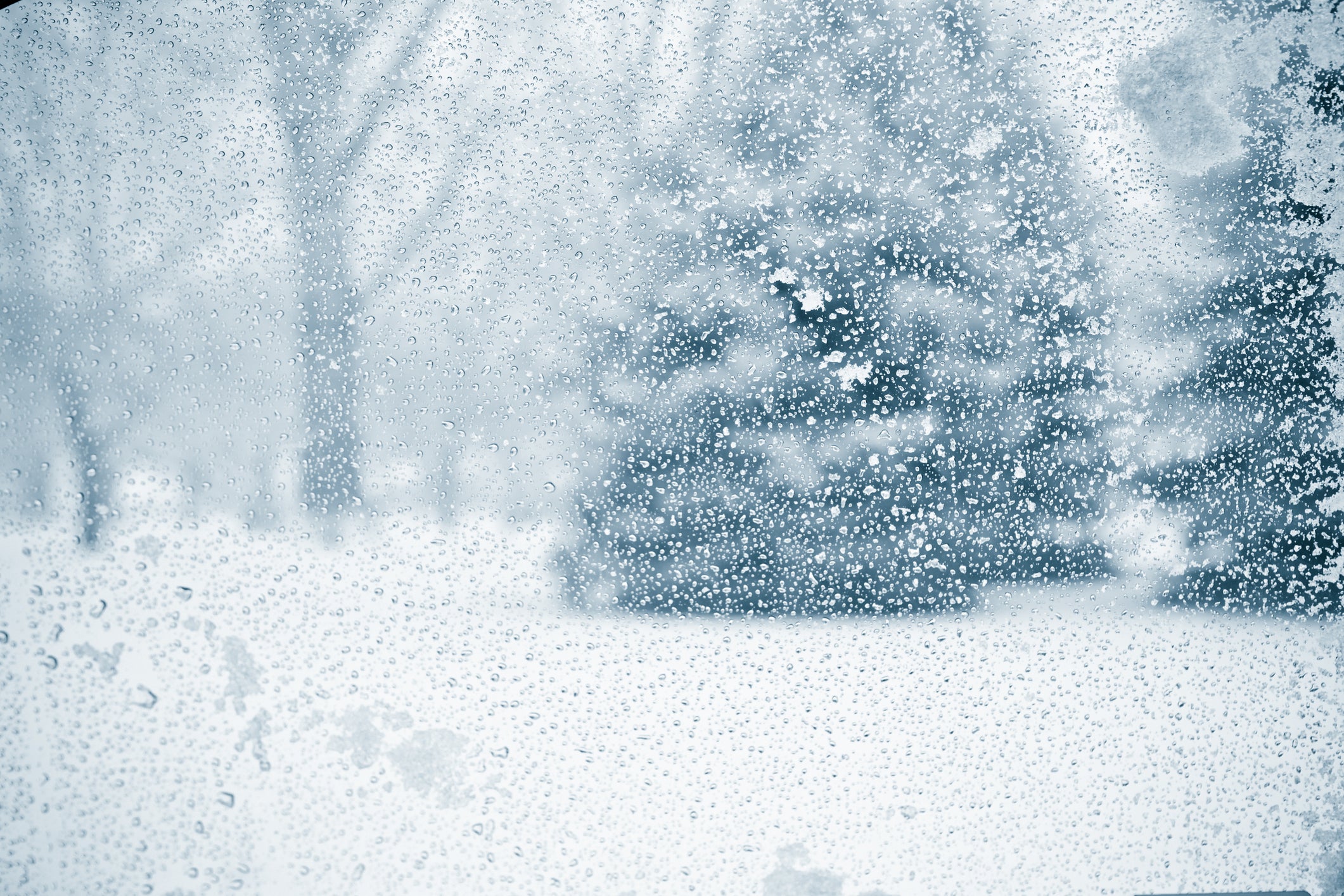Winter storms can bring a flurry of challenges, from icy walkways to power outages and subzero temperatures. While the weather outside may be unpredictable, your preparation doesn’t have to be. A well-equipped winter emergency kit ensures that you and your family can weather any storm safely and comfortably. Here’s what every homeowner should include in their kit.
Winter Emergency Kit Essentials
1. Non-Perishable Food and Water
Stock up on shelf-stable foods like canned goods, nut butter, and granola bars. Aim to have enough water for at least three days—about one gallon per person per day.
2. First Aid Supplies
A basic first aid kit is crucial for addressing minor injuries. Include bandages, antiseptic wipes, pain relievers, and any prescription medications your family needs.
3. Flashlights and Extra Batteries
Power outages are common during winter storms, so keep flashlights and spare batteries handy. For extended outages, consider solar-powered or hand-crank lanterns.
4. Warm Clothing and Blankets
Have layers of warm clothing, thick socks, and blankets ready to keep everyone cozy if the power goes out. Wool and fleece are particularly effective at retaining heat.
5. Backup Power Sources
Portable chargers or power banks can keep your devices running when the grid goes down. For larger needs, like powering small appliances, consider an inverter or generator.
6. Snow and Ice Tools
A sturdy snow shovel, ice scraper, and bag of sand or salt can make clearing paths and maintaining traction much easier during a storm.
Additional Winter Must-Haves
7. Emergency Heat Sources
In the event of a heating failure, indoor-safe propane heaters or kerosene heaters can provide temporary warmth. Be sure to ventilate the area properly and have a functioning carbon monoxide detector.
8. Communication Tools
Keep a battery-operated or hand-crank weather radio to stay updated on local conditions and emergency alerts.
9. Vehicle Preparedness
For winter travel, equip your car with jumper cables, a tire repair kit, blankets, and a small bag of snacks and water in case you get stuck.
Ensuring Outdoor Safety
While many emergency kit items focus on indoor needs, don’t overlook outdoor safety. Walkways and steps can become treacherously icy during storms, leading to slips and falls. Keeping these areas clear is critical, not just for your family but for emergency responders or visitors as well.
One smart solution? HeatTrak snow melting mats. These durable, electrically heated mats work continuously to prevent snow and ice from building up on your walkways and stairs, ensuring safer passage during winter storms. Easy to install and designed to plug into standard outlets, HeatTrak mats take the effort out of snow and ice management—so you can focus on staying safe and warm indoors. Many homeowners have found success incorporating HeatTrak mats into their winter readiness plans, keeping paths clear without the hassle of shoveling or applying salt.
Ready for the Storm
Building your winter emergency kit isn’t just about surviving—it’s about thriving, even in less-than-ideal conditions. With careful planning and the right tools, you can ensure that your family stays safe, warm, and stress-free all winter long.
Take the time to assess your kit and upgrade where needed. After all, preparation is the best gift you can give yourself this winter season.


